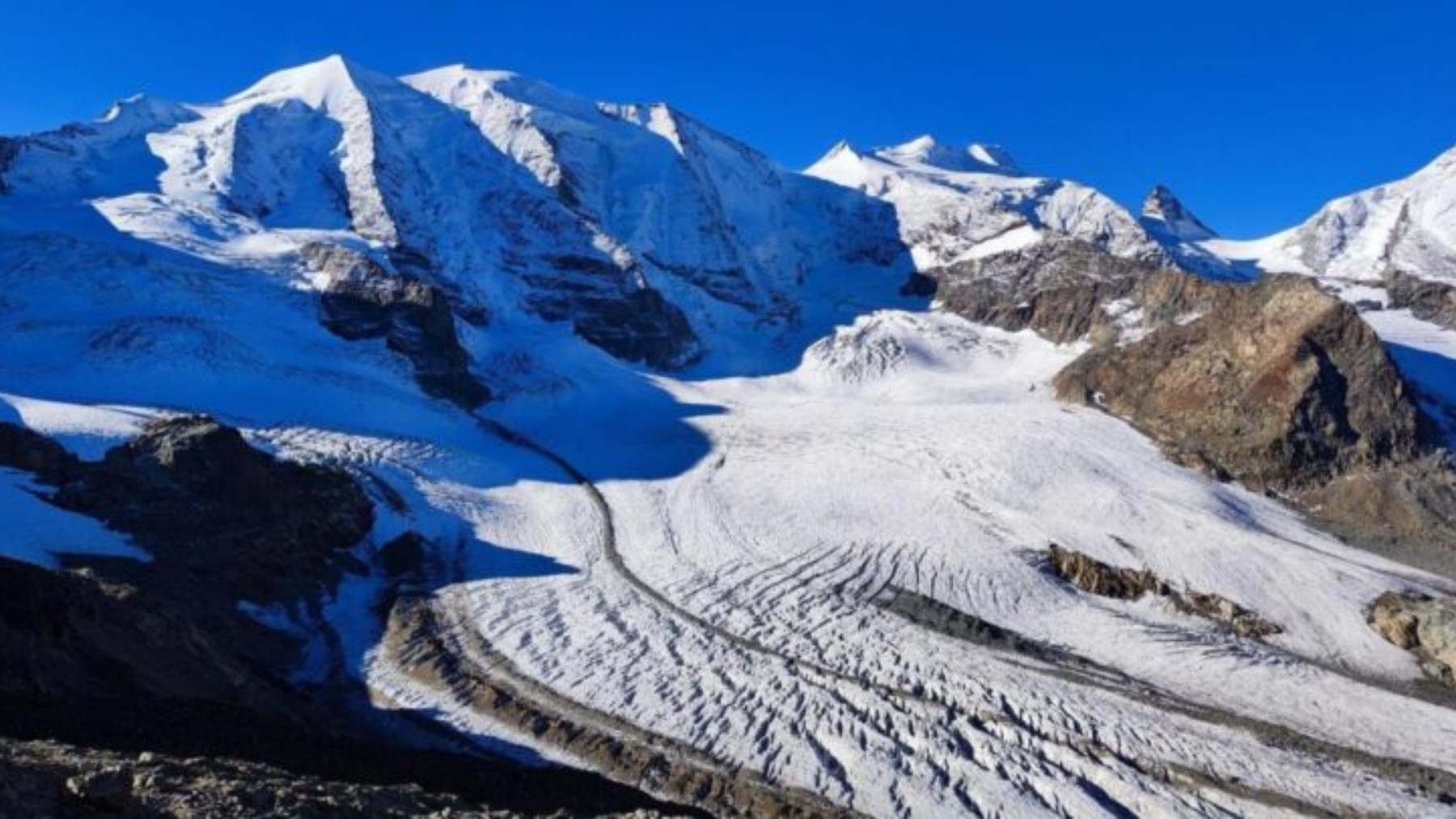Loose The Swiss Alpine glaciers are in a very critical situationHowever, this can lead to other situations. The Swiss government has announced that it wants to take advantage of this obtain hydroelectric energy in areas affected by the retreat of alpine glaciers.
Although the glaciers by Swiss would melt, the Swiss government is considering the possibility of extracting energy from these areas.
The serious situation of the Alpine glaciers in Switzerland
In recent years, Switzerland’s Alpine glaciers have reduced their ice volume by 10%. This was of great concern to glacier scientists, as research suggests that between 60 and 90 percent of the ice could be lost by the year 2100, which is very worrying.
On this basis, a report of the Federal Council (Executive) was prepared indicating that the hydroelectric exploitation of the areas where these glaciers are located could be beneficial to the country, as electricity could be produced from approximately 1,470 gigawatt hours per yearfor which he proposed the construction of hydroelectric power stations in the periglacial areas in the Alps declared suitable for obtaining hydraulic energy.
Hydroelectric power stations would be built in the periglacial zones of the Alps
As set out in the proposal following the preparation of this report, additional electricity production for the country of approximately 1,470 gigawatts per hour per year could be achieved; 1,130 gigawatts would come from the new installations and the remaining 340 from the expansions of existing reservoirs.
This would be a good amount considering that in other areas not close to the Alpine glaciers, the potential for hydroelectric exploitation may be at its highest. approximately 860 gigawatts per year.
However, the government has already made it clear that in order to do this, it must be very careful about the environment and the damage that could occur in these affected areas, which are areas that are well cared for due to their enormous diversity of habitats and biodiversity.
If this new project is approved, the idea would be to start construction. hydroelectric power stations before 2050, although this all depends on the state the country is in at the time.
Why do glaciers melt?
This is an increasing problem due to climate change and global warming. Scientists are increasingly concerned as the planet is running out of ice.
A glacier, yes a huge mass of ice that is moving and is formed by the compaction and recrystallization of snow accumulated in cold places. However, the process of their formation took thousands of years, so once they are lost, retrieving them will not be so easy. That is why it is urgent to stop climate change in time.
The main reason glaciers are melting is global warming caused by climate change. This can happen due to the large amount of carbon dioxide emissions and other greenhouse gases (GHGs) produced by large industries, non-renewable transportation, fossil fuels, and deforestation, among others.
On the other hand, Ocean warming is the other major factor causing glaciers to melt.This is because the oceans absorb 90% of the Earth’s heat, so if the planet is hot, the oceans will be too.
The melting of glaciers has major consequences for the planet, such as a major impact on the climate, rising sea levels, the disappearance of several marine species, loss of fresh water and more.

